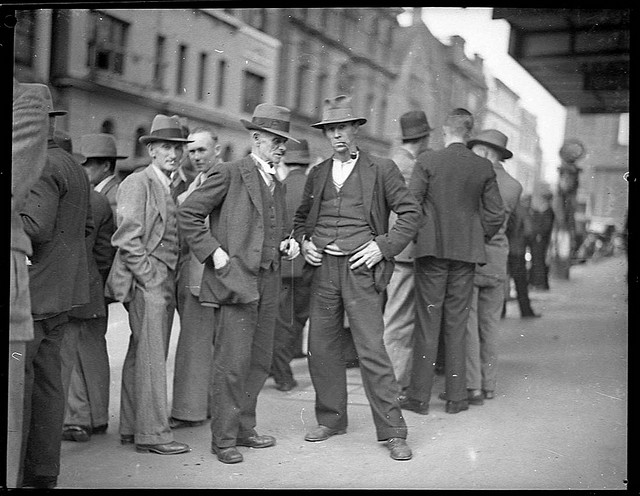Stephen Koukoulas has a look at the changing composition of the Australian economy in Business Spectator today where he looks at how things have evolved over the last 50 years.
One of the notable things is unemployment and how our perception of what an acceptable level is;
Australia’s unemployment rate is 5.4 per cent at present, it was 0.9 per cent in August 1970 while in August 1951 it was a staggering 0.3 per cent.
In the 1961 Federal election the Menzies government hung on by one seat, having been punished for allowing the unemployment rate to reach the dizzying heights of 3.5 per cent.
Through the Twentieth Century, Australia’s unemployment rate averaged around 5% as shown in this Treasury graph.

What’s notable in that graph is how high unemployment became the norm in the last quarter of the century. When it became obvious politicians and economists couldn’t move the needle below 5%, the process of convincing us that five percent was ‘good’ began.
One wonders what the acceptable level of unemployment will be for the next generation. Will they consider us the failures that our grandparents would?
Image of unemployed carpenters in 1935 courtesy of the NSW State Library via Flickr

Leave a Reply